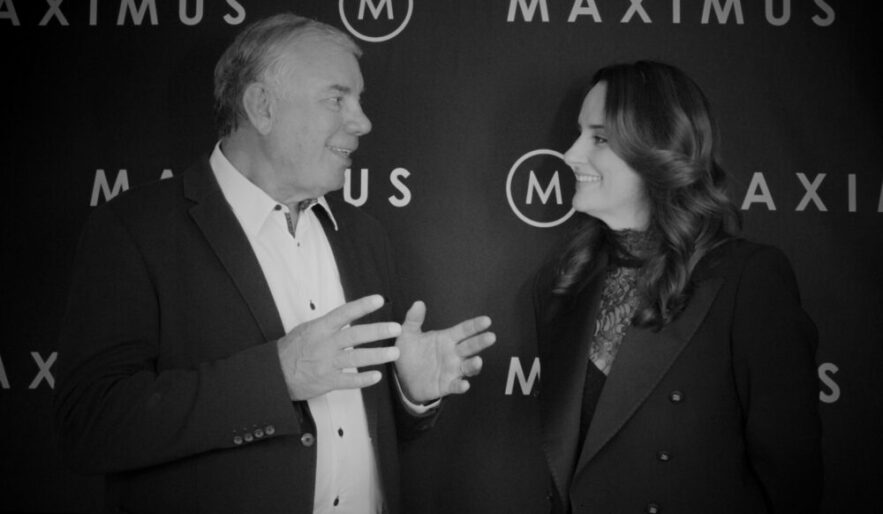Since the 1960s, strategic planning and strategic planning meetings have been staples of corporate life. In fact, they’re an annual (if not more frequent) obligation for just about every senior leadership team. Initially heralded as a step to help companies take control of their future, they rapidly became perfunctory (and in some cases dreaded) exercises. And that’s despite the fact that many companies have experimented with different methods for conducting these meetings and have been able to obtain some, if not significant, value from them. Nevertheless, there are at least two factors that have caused us to rethink the standard model: the scarcity of executive time and the realisation that the typical strategic planning process and meeting are fundamentally at odds with effective work.
First, with executive teams often dispersed geographically and the opportunity cost of being out of the market increasing, the pressure is on to make internal activities like strategic planning more efficient and/or more impactful. And second, while improvements have been made, most strategic planning continues to be relatively unsuited to the desired result — effective strategic decision-making. Meetings are long, boring, backward looking, and generally fail to yield high-quality discussion. Worse yet, the outcomes are ultimately non-committal, with promises to fill in details and actions later. So, while meetings are boring, at least they aren’t terribly threatening. Perhaps that’s why they have survived in largely the same form for so long.
Just like choosing the right club in golf, a variety of strategy techniques can be used depending on the need
Since strategy is about choices on where and how to compete, strategic decisions are widely regarded as better than strategic plans. Plans which often take the form of projections — the fundamental tool of operations and control, not strategy. But transforming the standard strategic planning meeting into a dynamic and consequential strategic decision meeting is easier said than done. If committed strategic decisions are the desired output, then how does an organisation make that happen?
Unfortunately, there’s no magic template or specific method that works for each and every organisation or team. Just like choosing the right club in golf, a variety of strategy techniques can be used depending on the need. However, research and experience show that taking a few simple steps can maximise the likelihood of an effective outcome.
- Design for conditions. As with any use of scare resources, organisations shouldn’t leave the design of their strategic meetings to chance. Like the conditions for getting a good night’s sleep, the design of the meeting creates the conditions for the outcome. Key design elements include short, focused chunks of time, clear endings and transitions from topic to topic, and skilled facilitation to maximise contributions and avoid decision-making traps.
- Pay attention to the environment. When it comes to getting good sleep, surroundings play more of a role than many realise. Just as a clean, dark, cool room enables the best sleep for most people, a comfortable room without distractions, space to work, and the right tools enable leadership teams to make strategic decisions. Since familiar sites are conducive to familiar thinking, novel spaces can enable novel thinking. And given what we know now about the limits of the human brain to focus, an environment that enables participants to easily take breaks, reflect, and reset can go a long way.
- Maximise the likelihood of quality discussions. Decades of research also indicate that for complex organisational decisions, the best outcomes are achieved through collaboration. More recently, the lack of psychological safety has been identified as a barrier to inclusion, collaboration and good decision-making and therefore a factor that clearly has the potential to diminish the value of strategic planning meetings. While creating psychological safety sounds challenging, small things can make a big difference in drawing participants. Strong team leadership and facilitation can go a long way toward making contributors to the decisions feel that their input and expertise are valued.
By reframing strategic planning meetings to strategic decision exercises and designing meetings with an acknowledgement of the power and limits of the human mind, organisations can do a significantly better job executing strategic planning and decision making as a foundational management exercise.
For information on facilitated strategy meetings contact us
Take a virtual tour of our Sydney space








